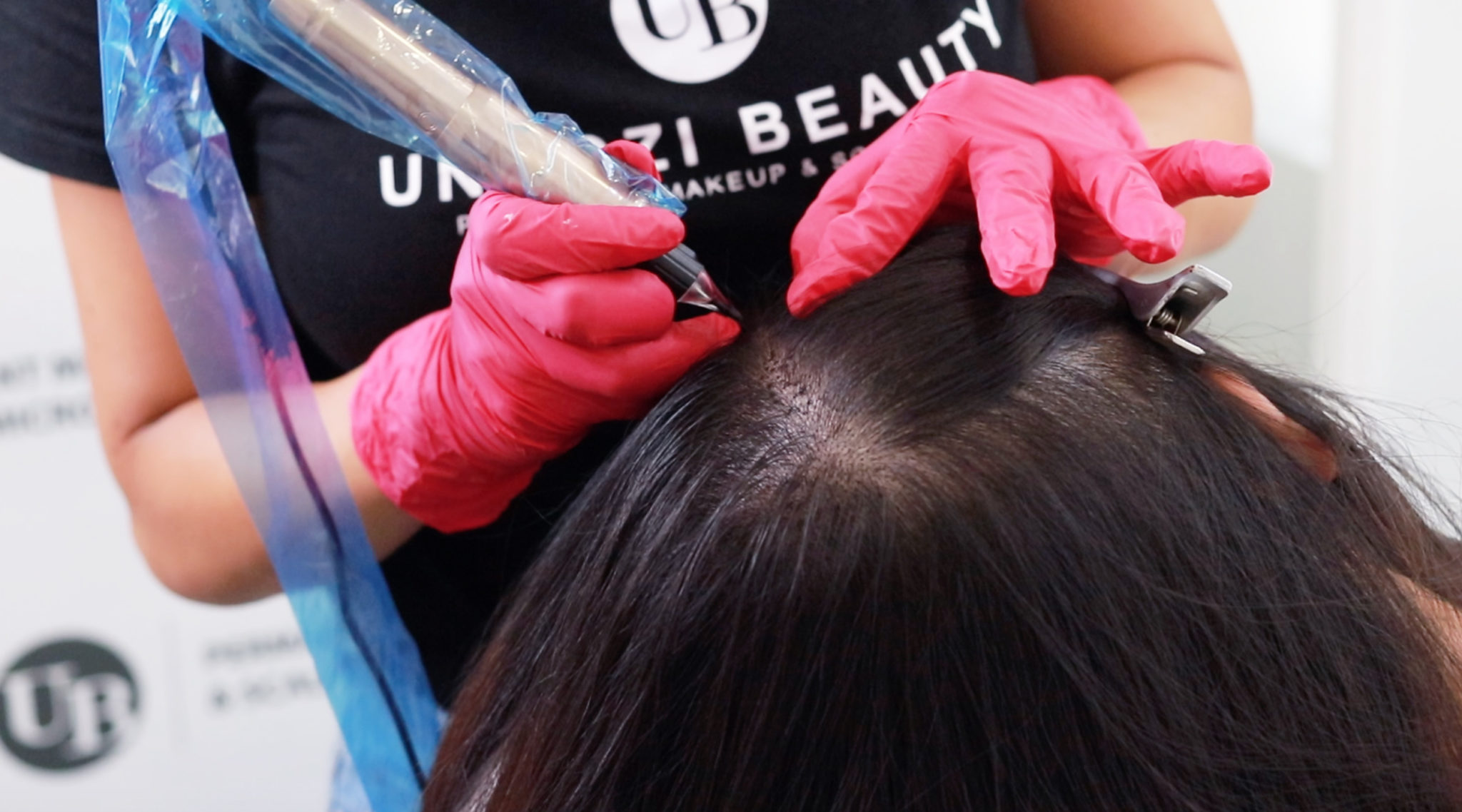Introduction
In a world where appearance plays a significant role in self-esteem and confidence, hair loss can be a distressing experience for many individuals. Whether caused by genetics, medical conditions, or environmental factors, losing hair can lead to a decline in self-image. Scalp micropigmentation (SMP) has emerged as an innovative and effective solution for those seeking to restore their hairline and regain their confidence. This article provides an in-depth look at scalp micropigmentation, covering its process, benefits, considerations, and aftercare.
What is Scalp Micropigmentation?
Scalp micropigmentation is a non-surgical cosmetic procedure that involves the application of specialized pigments to the scalp. This technique creates the appearance of hair follicles, effectively mimicking the look of a fuller head of hair. SMP can be beneficial for individuals experiencing various types of hair loss, including male and female pattern baldness, alopecia, and thinning hair.
The Science Behind SMP
The SMP process uses a fine needle to deposit pigments into the upper layers of the scalp, creating tiny dots that resemble hair follicles. The pigments are carefully chosen to match the individual’s natural hair color, ensuring a seamless and realistic appearance. The procedure is designed to create depth and density, which can make thinning areas look fuller.
The Scalp Micropigmentation Process
1. Initial Consultation
The journey begins with an initial consultation, where the practitioner assesses the client’s scalp and discusses their goals. This is an essential step, as it helps establish realistic expectations and tailor the procedure to the client’s needs. During this meeting, clients can ask questions and express any concerns.
2. Color Matching
Achieving the right color match is crucial for the success of the procedure. Practitioners will select pigments that closely align with the client’s natural hair color, taking into account factors such as skin tone and hair texture. This ensures a natural and blended look.
3. The Application
Using a specialized tattoo machine with ultra-fine needles, the practitioner begins the application process. The procedure involves depositing pigment into the scalp in a series of small dots. This technique mimics the look of natural hair follicles and can take several hours, depending on the extent of the treatment. Most clients report only mild discomfort, comparable to that of getting a tattoo.
4. Aftercare Instructions
Once the application is complete, clients receive specific aftercare instructions to ensure optimal healing and pigment retention. These guidelines typically include avoiding moisture, sun exposure, and certain hair products for a designated period.
5. Follow-Up Sessions
To achieve the desired results, most clients require two to three sessions. These follow-up appointments allow the practitioner to assess healing and make necessary adjustments to pigment density and hairline design.
Benefits of Scalp Micropigmentation
Scalp micropigmentation offers numerous advantages, making it an increasingly popular choice for individuals facing hair loss:
1. Non-Invasive and Safe
SMP is a non-invasive procedure that does not require anesthesia or surgery. This makes it a safer option compared to hair transplant surgeries, which can involve longer recovery times and potential complications.
2. Immediate Results
One of the most significant benefits of SMP is the immediate transformation it provides. Clients often notice a substantial difference right after their first session, which can lead to an instant boost in confidence.
3. Customizable Solutions
SMP is highly customizable, allowing practitioners to design hairlines and adjust pigment density according to each individual’s preferences. Whether someone desires a soft, natural look or a more defined hairline, SMP can accommodate those wishes.
4. Long-Lasting Effects
While SMP is not permanent, it can last between four to eight years, depending on various factors such as skin type and aftercare. This longevity makes it a worthwhile investment for many individuals.
5. Increased Confidence
Perhaps the most significant benefit of SMP is the boost in self-esteem it provides. Many individuals report feeling more confident and attractive after the procedure, leading to improved overall well-being.
Considerations Before Choosing SMP
While scalp micropigmentation has numerous benefits, it is essential for individuals to consider various factors before undergoing the procedure:
1. Suitability for Skin Types
Not everyone is a suitable candidate for SMP. Individuals with specific skin conditions, such as psoriasis or eczema, should consult a dermatologist before proceeding. A qualified practitioner will assess the scalp’s health to determine eligibility.
2. Realistic Expectations
Clients must have realistic expectations regarding the results. While SMP can create the illusion of thicker hair, it does not restore actual hair or prevent future hair loss. Understanding the limitations of the procedure is crucial.
3. Choosing the Right Practitioner
The success of SMP largely depends on the skills and experience of the practitioner. Individuals should conduct thorough research, read reviews, and view before-and-after photos to ensure they choose a qualified professional.
4. Potential Allergic Reactions
Though rare, some individuals may experience allergic reactions to the pigments used in SMP. Conducting a patch test prior to the procedure can help identify any sensitivities.
5. Aftercare Requirements
Proper aftercare is essential for maintaining the results of SMP. Clients should follow the practitioner’s guidelines closely to ensure the pigments heal correctly and maintain their vibrancy.
Aftercare for Scalp Micropigmentation
Aftercare is a crucial aspect of the SMP process. Here are some general aftercare tips to follow:
1. Keep the Scalp Dry
For the first few days after the procedure, it’s essential to keep the scalp dry. This means avoiding swimming, saunas, and intense workouts that may cause excessive sweating.
2. Limit Sun Exposure
Direct sunlight can fade pigments over time, so it’s advisable to avoid sun exposure for at least a couple of weeks after the procedure. Wearing a hat or using a specialized sunscreen can provide protection.
3. Use Gentle Hair Products
During the healing process, using gentle, sulfate-free shampoos and conditioners is crucial. Avoiding harsh chemicals will help preserve the integrity of the pigments.
4. Follow-Up Appointments
Attending follow-up sessions as recommended by the practitioner is essential for achieving the best results. These appointments allow for any necessary adjustments to the pigment density or hairline.
Conclusion
Scalp micropigmentation is a revolutionary solution for individuals dealing with hair loss. Its non-invasive nature, immediate results, and customizable options make it an attractive choice for those seeking to regain confidence and a youthful appearance. However, it’s essential to consider all factors, including skin type, practitioner qualifications, and aftercare requirements, before committing to the procedure. With the right approach, scalp micropigmentation can be a transformative experience, offering individuals a renewed sense of confidence and a fuller, more vibrant look. As awareness of this innovative technique grows, more people are finding empowerment through the art of scalp micropigmentation, reclaiming their self-esteem one dot at a time.




